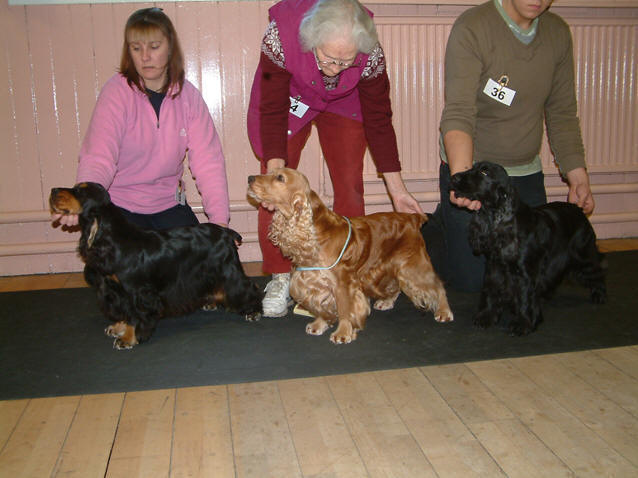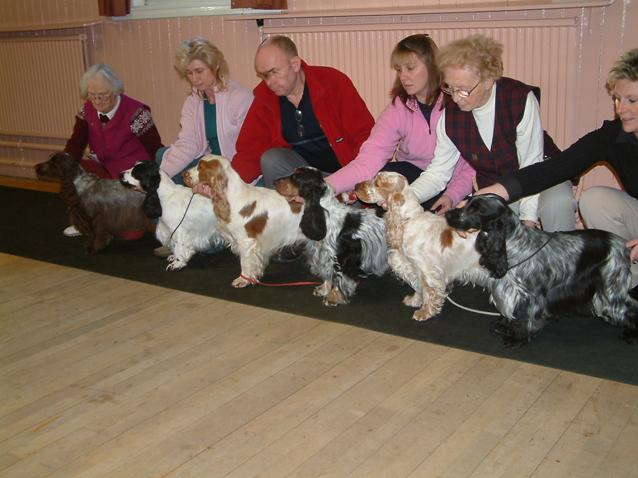History
The English Cocker is no doubt one of the oldest types of land spaniel. Their origins can be traced back to 14th century Spain. Prior to the 1600’s all types of spaniels were categorised together; the larger ones being used to spring game and the smaller ones to flush out woodcock. Hence the names Springer and Cocker were derived. In 1892, the Kennel Club of Great Britain differentiated the two breeds separately. In the 1930’s, the Cocker was the most popular breed of dog in Britain and there he stayed for almost 20 years!
Characteristics
These are busy, friendly little dogs who thrive on human companionship, wanting nothing more than to please their owners. They are ideal pets where there are children about and get on well with other household animals. Cockers can be very manipulative – who can resist their soft, pleading eyes? The sad eyes, however, are a misconception, Cockers are a very happy breed, constantly wagging their tails and bringing ‘presents’ to one and all.
The Cocker Spaniel was originally bred for working and showing. Today, the cocker spaniel has split into 2 types, those for show and those for working. Both are recognised by the Kennel Club purely as the “Cocker Spaniel”. This is not to say they do not possess the ability to do both jobs. They do however have distinct physical differences (see photos below) and characters. Both types make ideal pets, to see which type would suit you best please read our Cocker FAQ’s
Colours
In the Breed Standard “acceptable colours” are listed.
The Kennel Club have produced the list of colours, which they deem acceptable as a registered colour for the cocker spaniel. This has replaced the previous “Various colours”, It should be noted that colours not listed should be classed as undesirable for show purposes.
Below is a selection of some of the acceptable colours

